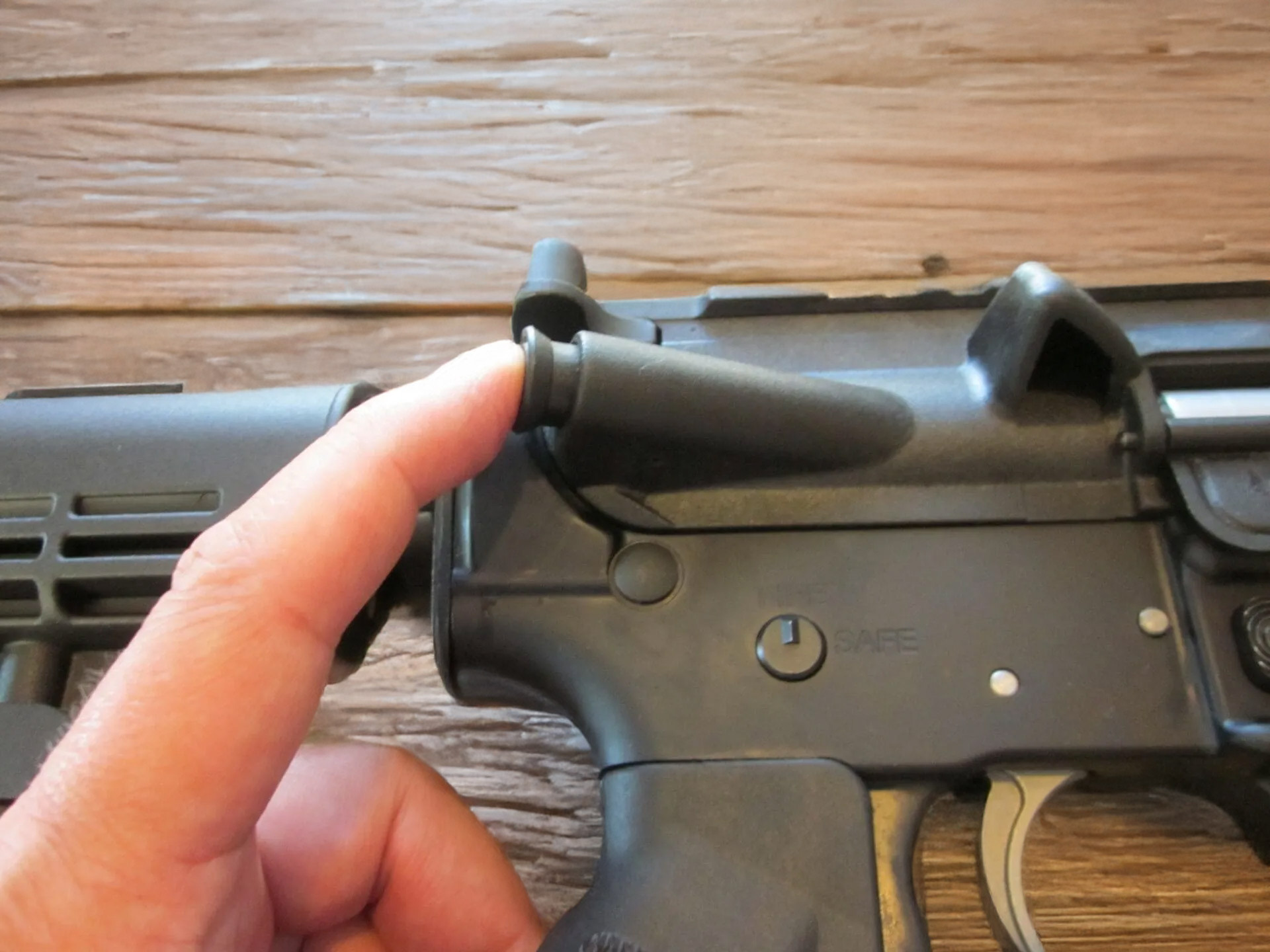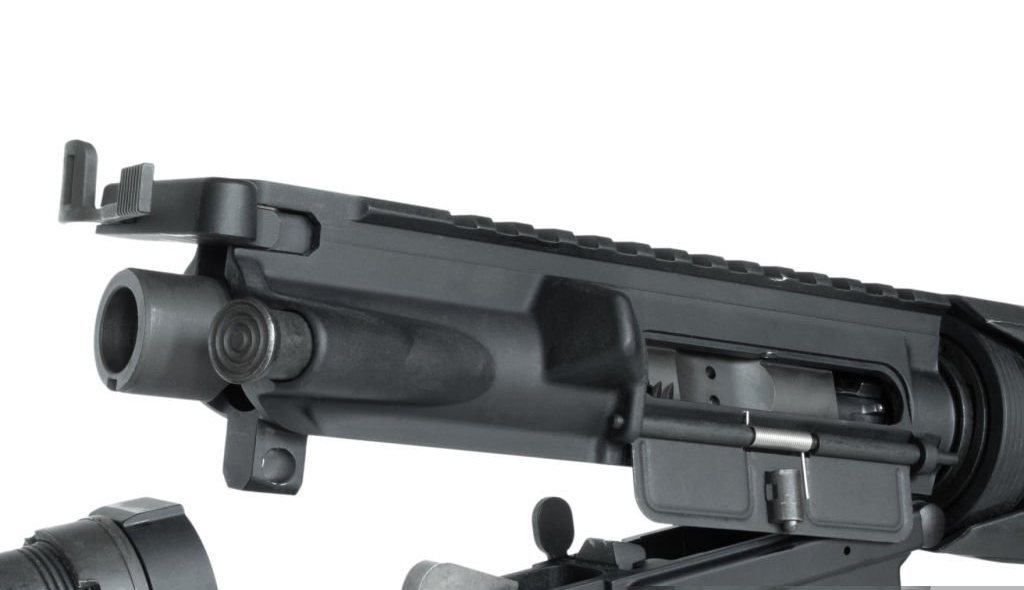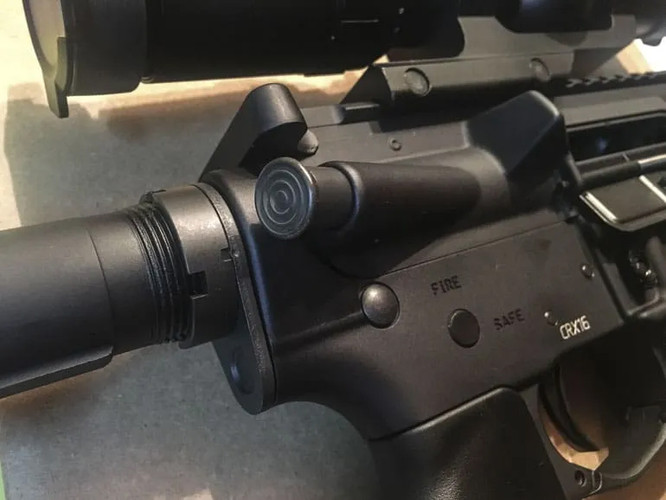When it comes to the AR-15 and AR-10 platforms, one of the most debated components is the forward assist button. Some shooters swear by it, claiming it’s a crucial feature for reliability and firearm functionality, while others argue it’s an unnecessary relic that can cause more harm than good. So, is the forward assist worth having, or is it just another part that’s prone to failure? Let’s break it down.

What Is the Forward Assist?
The forward assist is a button located on the right side of the AR-15 upper receiver and AR-10 upper receiver. Its purpose is to manually push the bolt carrier group (BCG) into battery if it fails to fully chamber a round. Originally designed for military rifles, this feature aimed to improve reliability in harsh conditions where dirt, carbon buildup, and environmental factors could hinder a firearm’s function.
Pros of the Forward Assist
-
Improves Reliability in Harsh Conditions – If your AR-15 or AR-10 rifle is extremely dirty, covered in sand, or has carbon buildup, the forward assist mechanism can help seat the bolt and ensure proper cycling.
-
Essential for Suppressed Firearms – AR-15 suppressors increase backpressure and cause additional carbon buildup, which sometimes leads to incomplete bolt closure. The forward assist can be a useful tool in maintaining proper function.
-
Facilitates Stealthy Chambering – Instead of letting the bolt carrier group slam forward with the bolt release, some shooters use the forward assist to quietly close the bolt on a chambered round—especially useful in hunting or tactical situations.
-
Proven in Military and Tactical Applications – The forward assist was introduced for military M16 rifles, where reliability is paramount. In high-stress situations, manually forcing the bolt into battery could mean the difference between a functioning rifle and a stoppage.
Cons of the Forward Assist
-
May Lead to Malfunctions – If a round isn’t chambering properly due to an obstruction, defective ammunition, or a damaged bolt, forcing the bolt closed with the forward assist could cause a serious malfunction or double-feed.
-
Unnecessary for Well-Maintained Rifles – Many modern AR-15 rifles don’t experience the kind of jamming issues that require a forward assist. For most civilian shooters, proper rifle maintenance and quality ammunition eliminate the need for it.
-
Adds Complexity and Extra Weight – The forward assist is another mechanical component that adds slight weight and increases the potential for failure. Many modern AR-15 uppers are designed without a forward assist to simplify the rifle.
-
Better Alternatives Exist – Instead of using the forward assist, a better practice is to eject the faulty round, check the chamber, and reload a fresh round to avoid a worse malfunction that could lead to a catastrophic failure.

Final Verdict: Should You Use a Forward Assist?
For military personnel, law enforcement officers, and tactical shooters operating in extreme conditions, the forward assist may still serve a purpose. However, for most civilian gun owners, especially those using high-quality AR-15s with proper cleaning and maintenance, the forward assist is rarely necessary.
Many top-tier AR-15 manufacturers, including Aero Precision, BCM, and Daniel Defense, now offer slick-side uppers without a forward assist to reduce weight and simplify the rifle’s operation.
At the end of the day, proper rifle maintenance, using quality ammunition, and understanding AR-15 malfunctions are far more critical than relying on a forward assist. While it won’t hurt to have one, it’s not a make-or-break feature for most shooters.
What’s Your Take on the Forward Assist?
Do you find the forward assist useful, or is it just an unnecessary relic? Let us know in the comments section below and share your experience with the AR-15 and AR-10 platforms!


